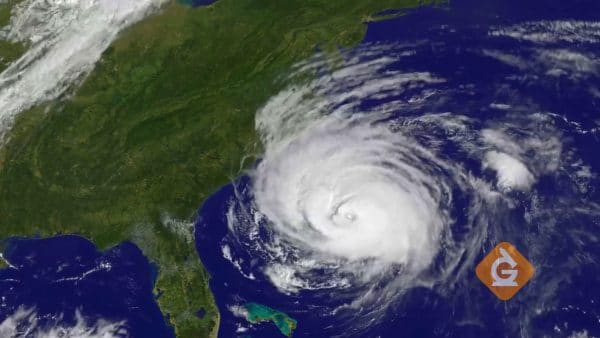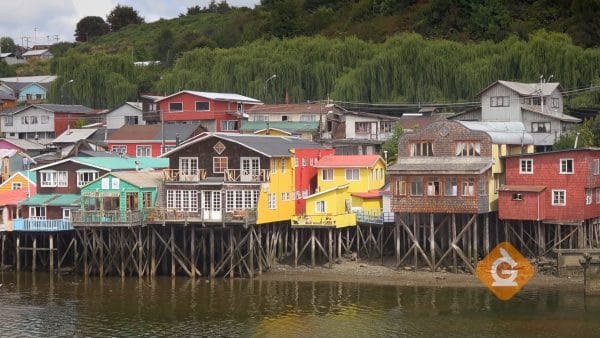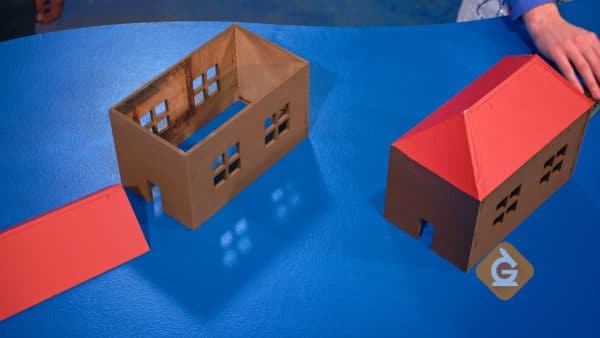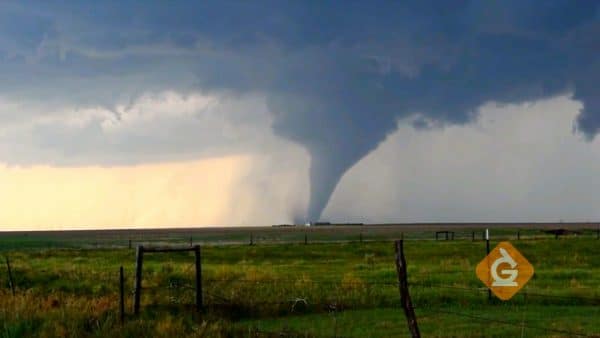Extreme weather is any weather that falls outside of normal patterns. This includes heavy winds, thunderstorms, floods, heat waves, tornados, hurricanes, hail, and blizzards.
To better understand the different types of extreme weather…
LET’S BREAK IT DOWN!
Extreme weather is a result of natural processes.

All over the globe, weather is something people experience every day. However, there are some types of weather that are so intense that they deserve special mention. This type of weather is known as extreme weather.
Extreme weather causes a lot of damage. Unfortunately we can’t eliminate this natural hazard, but we can reduce its impact. One way to lessen the impact is by being prepared.
For example, based on data collected over centuries, we know that the period of time between June 1st and November 30th of each year is when hurricanes are expected to develop in the Atlantic Ocean.
So each year, the people that live near the coast know they should get prepared. Also, engineers develop solutions to protect us from extreme weather, such as with new building methods or inventions to help lessen the damage.
Engineering solutions for coastlines.

Coastal areas experience high waves from extreme weather events such as hurricanes. There are several techniques engineers use to protect coastal areas from flooding or erosion.
Seawalls are concrete walls built along beaches that experience large waves. These physical barriers can block water and prevent flooding as water rises up from storms near the coast.
Seawalls with a curved surface, known as recurved walls, not only block waves but also send waves back out toward the ocean.
Engineers have found that recurved walls are one of the more effective ways to reduce flooding on the coast. Another way to protect against flooding is to construct buildings on stilts or on top of garages to keep water from entering homes.
Engineering solutions for high winds.

Engineers have designed homes with roofs that can stand up to high winds. It is well-known that gable roofs do not hold up well in high winds.
Gable roofs have sides that are straight up and down. When wind hits a gable roof, the wind can push directly against its surface. The force of the wind against the flat roof may push the roof completely off a home.
Engineers recommend a different kind of roof for areas that receive high winds, called a hip roof which has sides that are all slanted up. Instead of the wind pushing directly against the side, it gets deflected up.
Engineering solutions for lightning.

Benjamin Franklin, a founding father of the United States, is famous for using a lightning rod. He wanted to capture electricity to better understand it. He discovered that lightning is electricity moving through the air. When lightning strikes homes, it can damage homes and appliances. We can’t prevent lightning, but we can direct its energy into the ground to prevent an electrical surge, which can damage electronics. Lightning rods are made of metal and used to transfer the energy of a lightning bolt to the ground through wires. This directs the electricity through the rod and then straight to the ground, instead of through the building.
Engineering solutions for tornadoes.

Tornadoes are columns of air that spin violently. Tornado winds can reach up to 300 miles per hour, which is strong enough to destroy houses and make trees fly. Engineers are coming up with ways to reduce their destruction. For example, they have developed special building panels that can withstand the winds of a tornado.

































































































































 Select a Google Form
Select a Google Form












